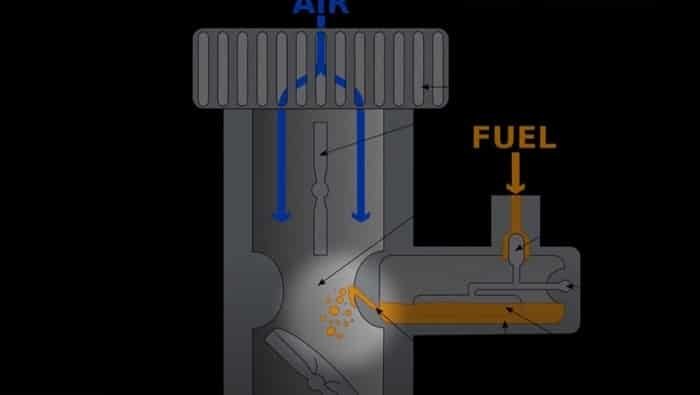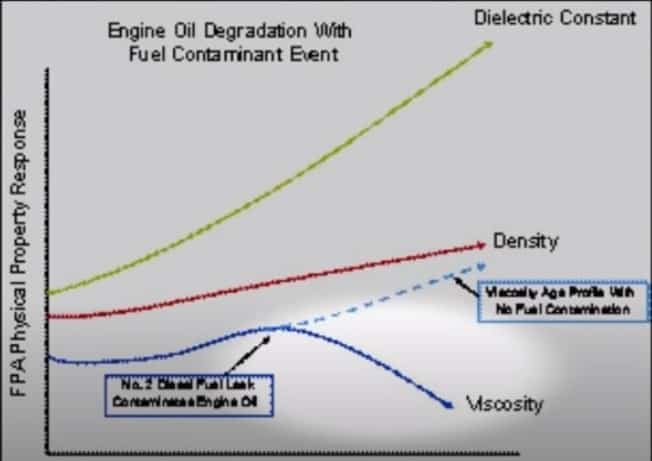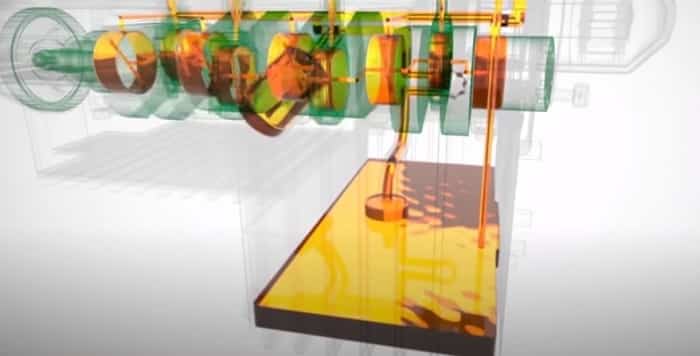There are those who swear by warming their motorcycle up for 10 to 15 minutes before they go out on the road. I don’t wait for any more than 10 to 15 seconds, In fact, I wait as long as it takes me to put my gloves and helmet on, and this is why I think you should never warm up your motorcycle engine.
I know, this probably makes me sound like some heartless bastard with no mechanical sympathy, trust me, that couldn’t be further from the truth. So before you call the bike protection services, notify the engine welfare charities I’d like you to hear me out.
We’ve all had that one friend who insists on warming up the old girl. He starts his bike and then proceeds to change smoke a pack of cigarettes, pissing off the neighbors, and with only one lung left, he finally gets on the bike and takes off. Not pointing fingers here; I’ve been guilty of doing that myself.
If you have always warmed your bike up, it will mostly be fine, but we’re not about just what’s okay; we’re enthusiasts who care about the bikes.
Reason 1 Why You Should Never Warm Up Your Motorcycle Engine
We love our machines, and we want them to last for a long time, which brings me nicely to the first and probably the biggest reason I personally frown upon excessive idling.
Fuel Atomization
Essentially petrol is injected into cylinders to be ignited in very fine mist form, and that’s pretty much always been the case since carburetors.

It allows it to mix better with the air; it cools down the cylinders, preventing the engine from knocking. The issue is when you start a cold engine or cold fuel, you don’t have great atomization, so not enough of the fuel vaporizes for combustion.
The engine compensates by injecting more fuel into the cylinder, so there are enough vapors for combustion. You end up with this air-fuel mixture so rich in fuel, all that extra fuel that didn’t vaporize also condenses on the cylinder walls.
Reason 2 Why You Should Never Warm Up Your Motorcycle Engine
Fuel is a pretty damn good solvent, so the fuel washes away the very important oil film that’s on the walls. We’re talking about 2 microns in thickness, but it is a crucial layer, and because cold oil is heavy, it might be a while before that film of oil comes back.
Without that film, you can end up with piston rings that scrape against the wall with less lubrication rather than glide over the film of oil like a huge wall, and it can greatly shorten the lifespan of an engine.
The point of all this, by simply riding off from the cold start, you’re helping the engine warm-up much quicker and therefore minimize the length of time the engine is forced to dump fuel into the cinders.
But you should not ride as the checkered flag has just been dropped, and you’re setting and new home to office Grand Prix lap record.
As a rule of thumb, I don’t use more than a quarter of my available rpm, so if your bike idles from cold at 2,000 rpm and your max rpm is 11,000, I wouldn’t exceed around 4,250.
You want a nice gentle uniform rising temperature within your engine, which you can only get through gentle riding for at least 10 minutes or so.
If some of you are worried about a lack of oil because it drains to the panel overnight, you’ll be happy to know that oil pressure picks up within literally seconds in modern engines.
As long as you’re sticking to gentle riding, you do not need to idle for ten minutes for the oil to reach the top or crevices; even cold modern oil comes from the magical realm compared to the old stuff.
It leaves a fair amount of residue behind, so pick up the flow is very quick when you start from cold unless it’s minus 40 degrees outside or a badly rebuilt engine’s first start-up or the oil filter been changed without being filled first.
Tolerances within your engine are not static and are bigger when the engine is cold, and then tighten up to a perfect seal once the engine gets up to operating temperature. I’ve seen engines sick up a bar to a bar and a half and compressions just from being warmed up.
Reason 3 Why You Should Never Warm Up Your Motorcycle Engine
As we know, piston rings, when cold, are never a perfect seal; they always have a gap. That’s to allow expansion of the ring with the heat. This is the same reason why railroads have gaps or expansion joints because if you didn’t have them as soon as it gets hot, you’d end up with spaghetti as your tracks.
Remember how the engine dumps more fuel that cold starts? Some of that fuel will get past the piston rings, especially the ring gap, leading to fuel contaminating the oil.
Just five percent of fuel dilution can cause the oil to lose up to twenty-five percent in this viscosity. This means 10w-40 oil made the grades of 5w-30, so the oil loses its viscosity, film strength, and higher fuel concentration you might as well put apple juice in your engine.
| Property | Mineral Based Oil | Synthetic Based Oil |
|---|---|---|
| Grade | SAE 20W-50 | SAE 5W-40 |
| Kinematic viscosity at 100oC | 18.5 | 14.2 |
| Viscosity index | 128 | 176 |
| Cold cranking simulator at -25oC | 7800 | 5410 |
| Flash point (oC) | 246 | 227 |
| Pour point (oC) | -21 | -45 |
| Colour | Red | Yellow |

This can be made worse if you only make short runs because the engine oil won’t reach a high enough temperature to vaporize the fuel within it.
This is another reason why you don’t want to excessively idle your engine, because you’re not bringing it up to temperature fast enough for those gaps to seal, for those tolerances to tighten, and for that sweet, sweet compression to give you all the power.
The danger of warming up the engine for excessive periods is that some people think it is warmed up and ready to be abused.
But that’s not the case. The engine might be warmed, but nothing else. Although the bike is warm,
The suspension oil is cold, and the tires are cold, the brakes and disk pads have no heat in them, chain grease or driveshaft oil could do with a bit of warmth in it.
A catalytic converter is cold, and that one hates not having any heat in it, and the list goes on. You might have a warm engine, but the rest of the bike is either stiff or slippery.

To sum up, the kindest thing you can do to your bike is to start it, then gently ride off. The engine and its oil, along with everything else, will be brought up to temperature faster, which will make for a happy, more powerful bike that’s very likely to last much longer.
Not to mention you won’t be wasting valuable time you could be spending slaving away in the office, or with your friends whatever those things are, I would know. And you’ll be keeping the neighbors happy if you’ve got a loud bike.
For you heroes out there with carburetted bikes, well, you’re the only ones who escape the rules since carburetters act as a fuel injection with one single static air-fuel ratio.
Sometimes making it impossible to start without a choke, or very lumpy to ride from cold.
Don’t think you watched all this way for nothing, those fueling issues we talked about earlier apply to you too.
When you use the choke to start a bike, you’re essentially cutting the engine’s air supply, making the air/fuel ratio very rich and fuel, ergo all the access fueling issues we discussed.
So the best thing to do on a carburetted bike is to use a choke very, very sparingly. Ideally, only to start up and then to use the throttle as soon as possible to keep it alive and put some heat into it.


